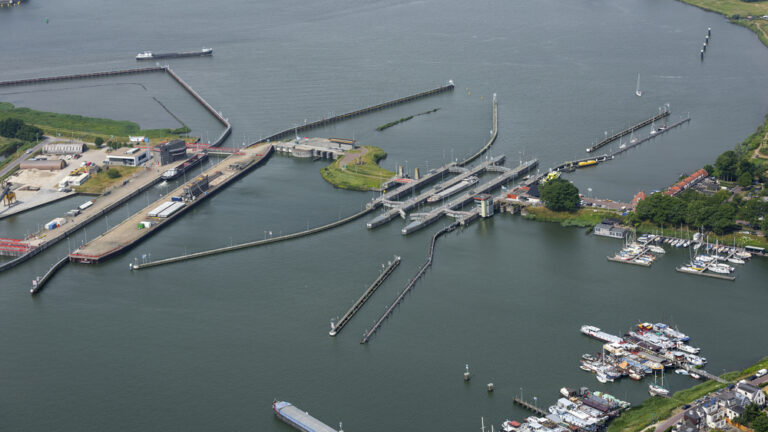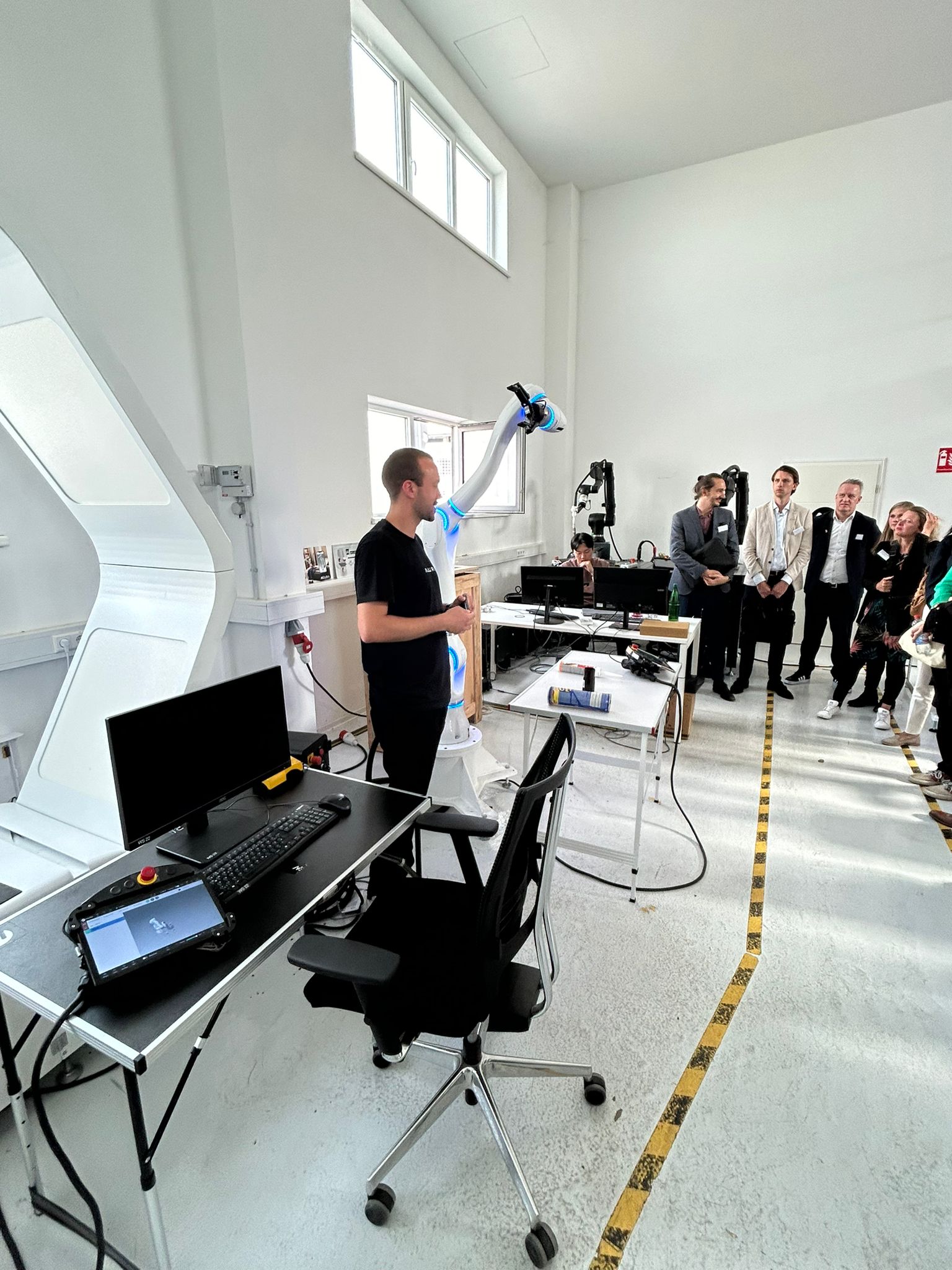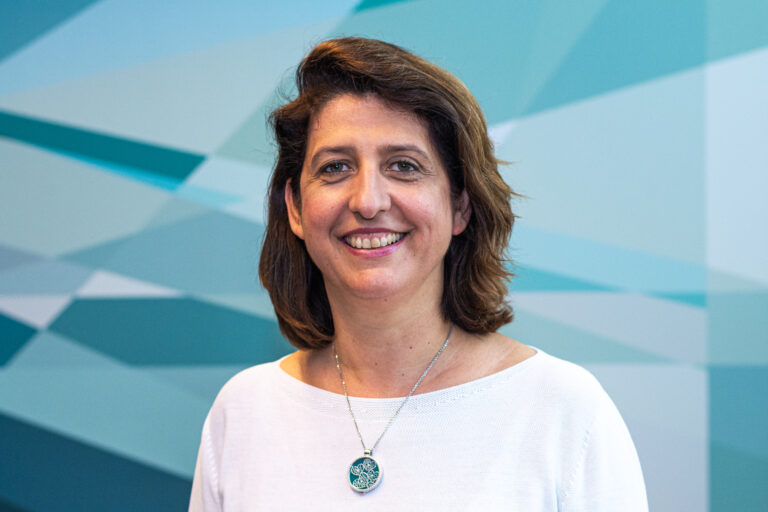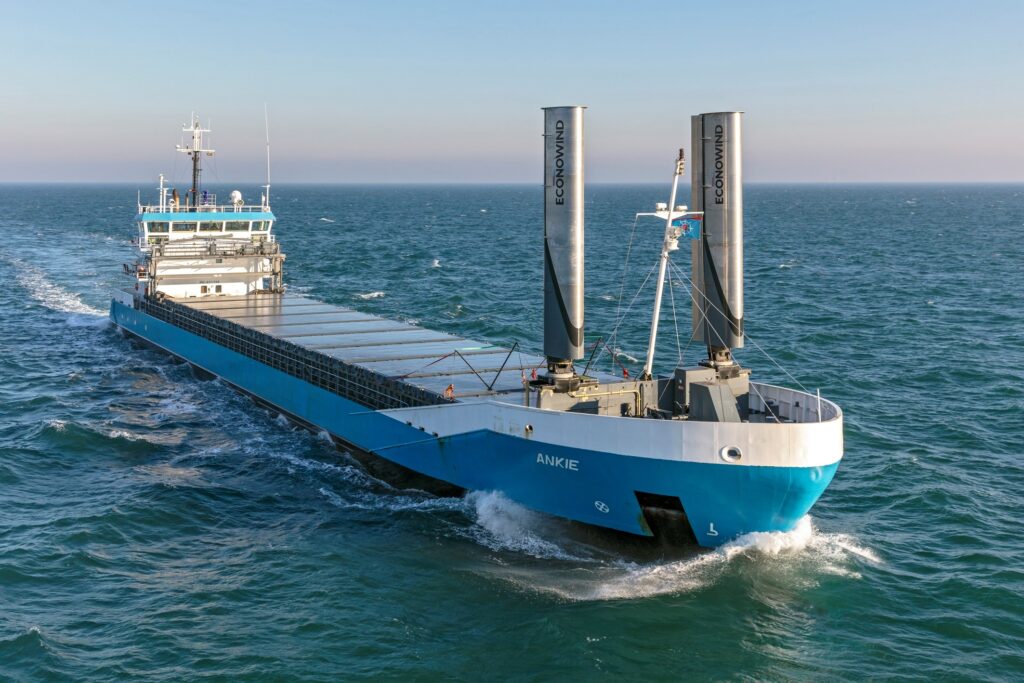Practical problems
“The Directorate-General for Public Works and Water Management used to be a construction organisation across a broad range of work,” says Wouter Visse, strategic adviser for purchasing at the directorate’s Central Information Provision department. “Nowadays the organisation is more focused on maintenance and renovation. Purchasing inspections and maintenance costs a lot of money and labour, so that raised the question of whether it could be done more efficiently.” One consideration was that the organisation did not have much information about the state of various assets.
“At the point when you want to involve a market party, it is good to know what the risk distribution is,” says Gilbert Westdorp, senior adviser at Rijkswaterstaat. “You can hardly ask how much maintaining these locks is going to cost in the coming years if you have no idea what condition they’re in. The contractors can’t then determine the risks.” Analyses, for instance using AI, give us and our contractors a better idea of the technical condition of our land, letting us take better-informed decisions about management and maintenance and the associated costs and risks.
Possibilities
In its Data-driven Asset Management programme, the Directorate-General for Public Works and Water Management is testing the options for monitoring and analysing objects, partly using AI. The aspects being studied here include the possibilities for carrying out maintenance more efficiently. “In the pilot in Eefde, one of the parties focused on the condition of paintwork,” says Gilbert. “For instance, we normally repaint a whole lock door every ten years. That’s not good for the environment, it’s an obstacle for shipping and it’s expensive. But it could also be done in smaller chunks, one part at a time, if you know where it’s needed. That’s much cheaper.”
Challenges
“There’s data about locks, bridges and tunnels,” explains Gilbert, “but it’s often kept at the structure. We’re realising more and more just how valuable that data is.” On top of that, each object can have a different system. “There was no standardisation,” Wouter adds. “There was really only one test: can the bridge go up and down? If so, it’s fine. When operating bridges remotely, we already saw the benefits of standardised systems. Rijkswaterstaat is now continuing that process at a large scale.”
Tenders
Rijkswaterstaat carried out a number of the pilots in this project itself, but also outsourced a lot of them. This brought new challenges to the fore. “Are we allowed to use data collected by a previous contractor?” asks Wouter. “If not, they’d have a competitive advantage in the tendering procedure.” Followed by the question of who is going to analyse the data: is that a part of the contracts? Or should that be a separate outsourcing domain?
Lessons learned
“We noticed that companies often don’t know the best way to tackle things at larger scales,” Wouter notes. “The market is always looking at our tenders, which actually show the market how the policy is being applied. And we don’t know if that’s the way forward.” The Directorate-General for Public Works and Water Management keeps coming back to the same question: make or buy? “That choice is very important for the progress of AI development, but hard to evaluate,” Wouter says. “Intellectual property, scaling up, applicability… it’s all still hard to evaluate. All processes and types of assets are unique. One key lesson is that we have to talk with each other. Use cases are the only way to make clear what problems and opportunities there are.”
“That choice is very important for the progress of AI development, but hard to evaluate,” Wouter says. “Intellectual property, scaling up, applicability… it’s all still hard to evaluate. All processes and types of assets are unique. One key lesson is that we have to talk with each other. Use cases are the only way to make clear what problems and opportunities there are.”
“Data and AI raise questions for a lot of people,” says Wouter. “They quickly go into a controlling mode . That’s why we have to think hard about what information is essential. What should you share and with whom? Am I asking for a judgement, an agreement or a decision? Should that decision be made here, or should it be kept closer to the actual process? Not everyone needs the same information.”
“It’s twenty per cent technology and eighty per cent organisation,” adds Gilbert. “On top of that, we’re getting a better and better idea of what’s possible. Failure data is incredibly scarce, for example. Our public data might turn out to be very valuable for companies, for further development of AI in the Netherlands.”






